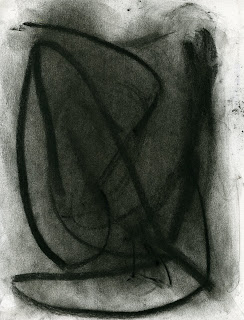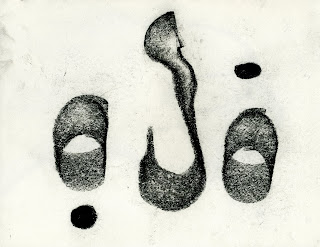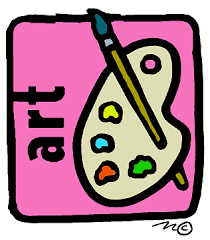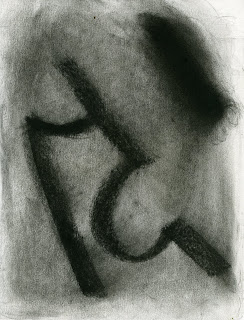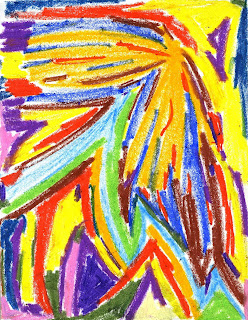
Harvest River is a monochromatic piece featuring a single, enigmatic figure. The single color used in this piece is a darkened blue shade, evoking an image of water as seen in the darkness of night. The blue color is an allusion to the painting’s focus on the river, as blue is a shade typically associated with the cooling properties of water. The monochromatic color scheme of this piece evokes the flowing water that makes up the river’s substance.
Yet the shape of this figure is not obviously similar to a river. The segments of this figure disconnect, which is not typical of a river, which flows in a single straight line with branches flowing in or out. The shape of this figure does not seem like a natural river, but rather a symbol created by a human hand. This manmade shape represents the ritual associated with man’s understanding of nature. A symbol of the river’s impact on mankind, particularly in agriculture, this figure considers the historical tradition of mankind’s preoccupation with life-giving rivers.
©1998-2009 Claretta Taylor Webb. All Rights Reserved










